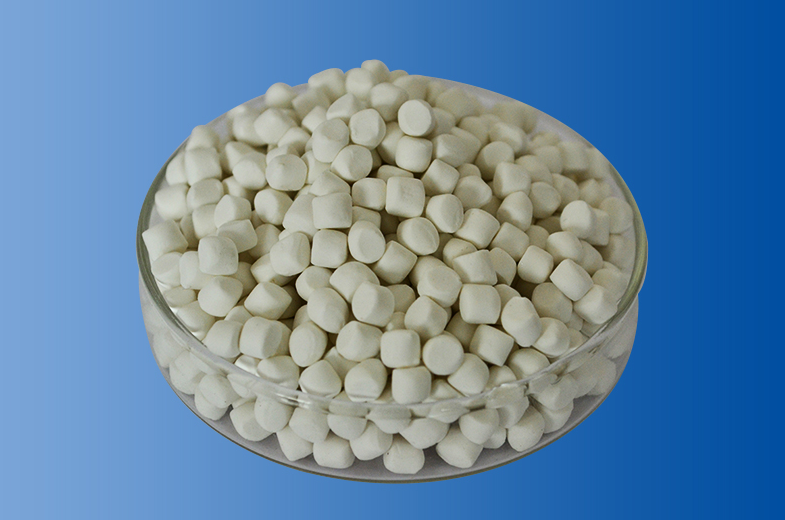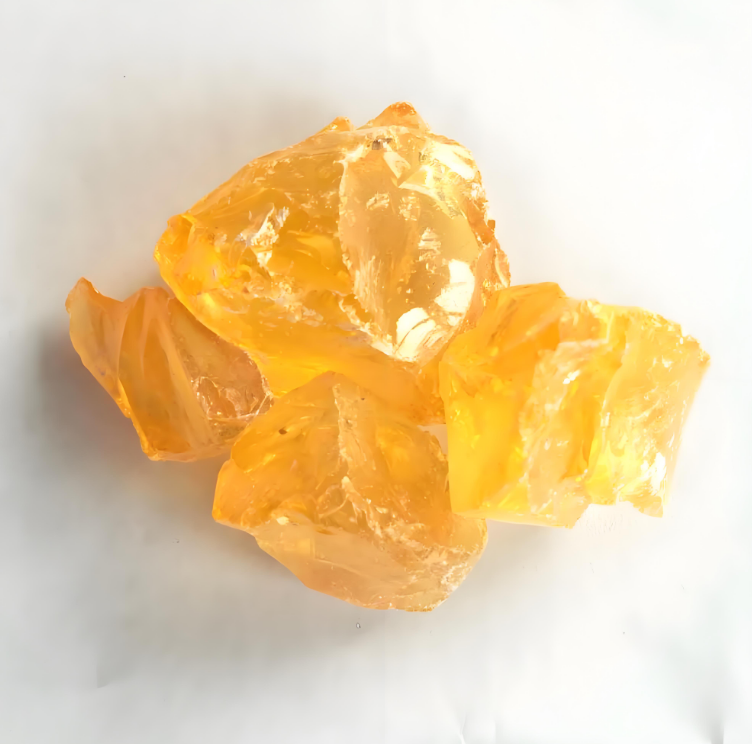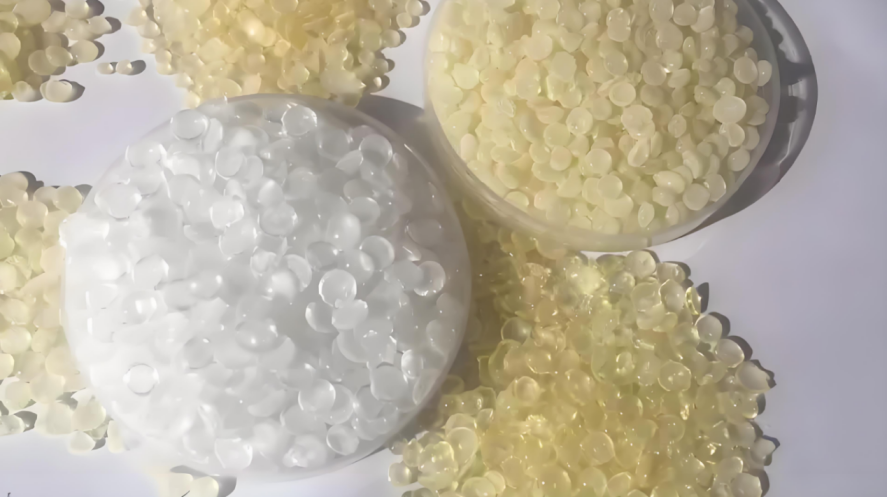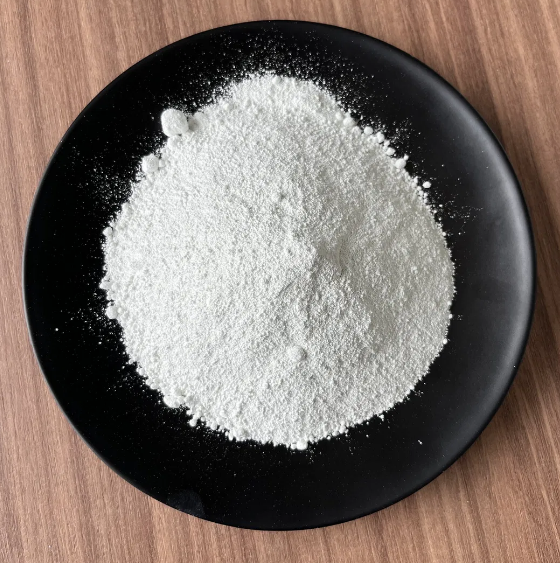Exploring the Applications of Adipic Acid: Versatility Across Industries
15/01/2024
Adipic acid, a crucial component in various industrial processes, plays a pivotal role in the production of nylon, food additives, pharmaceuticals, and the manufacturing of polyurethane, etc. Shanghai Chembroad New Materials, a high-tech enterprise, stands as a key player in the production of adipic acid, contributing significantly to the global market. This blog delves into the applications of adipic acid, shedding light on its multifaceted importance in different industries.
Adipic Acid in the Nylon Industry
Adipic acid is instrumental in the synthesis of nylon 6,6, a widely used polyamide. This synthetic polymer finds applications in diverse sectors, including textiles and automotive manufacturing. The molecular structure of adipic acid imparts unique properties to nylon 6,6, enhancing its durability and strength. The resultant material is resilient, making it an ideal choice for applications where robustness is crucial, such as in automobile components and heavy-duty textiles.
Adipic acid’s presence in the nylon industry has transformative effects on textiles and automotive sectors. Fabrics infused with nylon 6,6 exhibit superior strength and resistance to wear and tear, making them suitable for applications ranging from industrial clothing to outdoor gear. In the automotive sector, parts constructed with nylon 6,6 benefit from its high strength-to-weight ratio, contributing to fuel efficiency and overall vehicle performance.
Adipic Acid in the Food Industry
The food industry harnesses the properties of adipic acid as a food additive, utilizing its versatility for flavor enhancement and acidity regulation. Adipic acid is generally recognized as safe (GRAS) by regulatory bodies, emphasizing its suitability for consumption. Its mild acidity makes it an ideal candidate for adjusting the pH of various food products, contributing to both taste and preservation.
As a food additive, adipic acid enhances the overall flavor profile of certain items. It is often employed in sour candies and beverages to provide a tangy taste. The controlled release of acid in the digestive system also adds to its appeal in the food industry. However, stringent safety regulations ensure its responsible use, and consumer awareness regarding additives has increased, prompting manufacturers to be transparent about their formulations.
Adipic Acid in the Pharmaceutical Sector
Adipic acid finds its way into the pharmaceutical sector, contributing to drug formulations and the development of controlled-release medications. Its inclusion in drug synthesis offers benefits such as improved solubility and stability, influencing the efficacy of pharmaceutical products. Adipic acid is particularly valuable in the production of sustained-release formulations, allowing for a gradual and controlled release of the active ingredient over an extended period.
Advancements in pharmaceutical technology continue to leverage the properties of adipic acid. The controlled release of medications enables more convenient dosing regimens for patients while maintaining therapeutic efficacy. As research in drug delivery systems progresses, adipic acid stands as a key ingredient contributing to the evolution of pharmaceutical formulations.
Adipic Acid in the Manufacturing of Polyurethane
In the realm of materials science, adipic acid holds significance in the production of polyurethane. This versatile polymer finds applications in various industries, including furniture, insulation, and automotive components. The incorporation of adipic acid enhances the flexibility and durability of polyurethane products, making them suitable for a wide array of applications.
Polyurethane products, enriched with adipic acid, demonstrate improved resistance to wear, tear, and weathering. This makes them particularly valuable in the production of furniture, where durability and comfort are paramount. Additionally, in the realm of insulation materials, polyurethane foams formulated with adipic acid contribute to enhanced thermal efficiency.
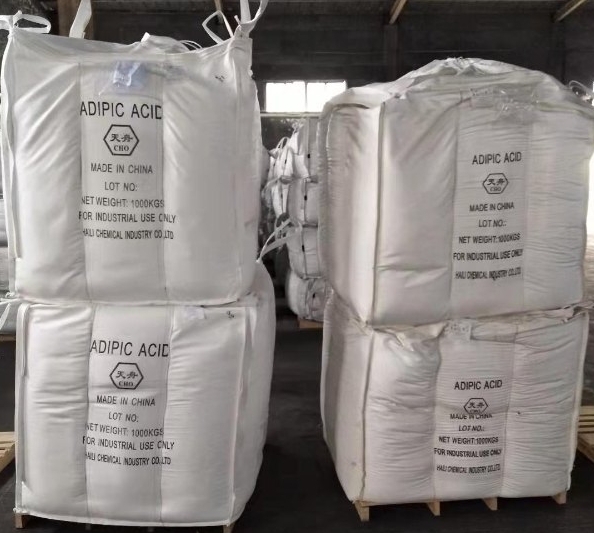
Adipic Acid in the Production of Plasticizers
In the realm of materials science, adipic acid extends its influence into the production of plasticizers, serving as a key component in enhancing the flexibility of plastics. Plasticizers are crucial additives that impart pliability and elasticity to polymers, and adipic acid’s role in their manufacturing is significant. The incorporation of adipic acid into plasticizer formulations results in plastics with improved flexibility and resilience. This characteristic makes them especially valuable in industries where flexible materials are paramount, such as construction and automotive manufacturing.
The impact of adipic acid in plasticizers is particularly pronounced in the construction industry. Flexible plastics, fortified by adipic acid-derived plasticizers, find applications in various construction materials, including pipes, cables, and sealants. In the automotive sector, the flexibility of plastics contributes to the durability and performance of components like dashboards and interiors. Shanghai Chembroad New Materials stands as a pioneering force in providing high-quality adipic acid for the production of these versatile plasticizers.
Adipic Acid in the Green Chemistry Movement
Amidst the growing emphasis on sustainability, adipic acid emerges as a key player in the green chemistry movement. The manufacturing processes employed by Shanghai Chembroad New Materials Co., Ltd. underscore the commitment to sustainable practices. Adipic acid production methods have evolved to embrace eco-friendly alternatives, contributing to a reduced environmental footprint.
The applications of adipic acid in various industries align with green chemistry principles. Its incorporation of sustainable materials for construction and packaging bolsters the eco-friendly movement. Furthermore, adipic acid’s advantages extend beyond its application; its production methods are increasingly recognized as environmentally responsible when compared to traditional petrochemical-based alternatives.
Advantages of Traditional Petrochemical-based Alternatives
Adipic acid’s role in the green chemistry movement is propelled by its inherent advantages over traditional petrochemical-based alternatives. The production methods employed by Shanghai Chembroad New Materials prioritize sustainability, utilizing renewable resources, and minimizing waste. As a result, the environmental impact of adipic acid production is significantly lower compared to conventional methods.
The adoption of adipic acid in eco-friendly applications is diverse, ranging from biodegradable plastics to sustainable textiles. Its compatibility with green chemistry principles positions it as a key contributor to environmentally conscious practices across industries. The reduced reliance on fossil fuels for adipic acid production aligns with the global shift towards sustainable and renewable resources.
Challenges and Future Outlook
While the applications of adipic acid continue to expand, challenges and environmental concerns persist. Mitigating measures are imperative to address issues related to waste disposal and energy consumption in the production process. Industry leaders, including Shanghai Chembroad New Materials Co., Ltd., are investing in research and development to implement more sustainable practices.
Innovations in adipic acid production hold the key to overcoming challenges. Shanghai Chembroad New Materials Co., Ltd. is at the forefront of these innovations, exploring alternative feedstocks and optimizing production processes to minimize environmental impact. The future outlook for adipic acid is optimistic, with the potential for continued growth in both existing and emerging applications.
Conclusion
In conclusion, the applications of adipic acid are diverse and impactful, spanning industries such as nylon manufacturing, food production, pharmaceuticals, and the synthesis of polyurethane. As a key player in this domain, Shanghai Chembroad New Materials Co., Ltd. continues to contribute to the evolution of these industries by providing high-quality adipic acid. With its varied applications and constant technological advancements, adipic acid remains a cornerstone in the ever-evolving landscape of industrial chemistry.

